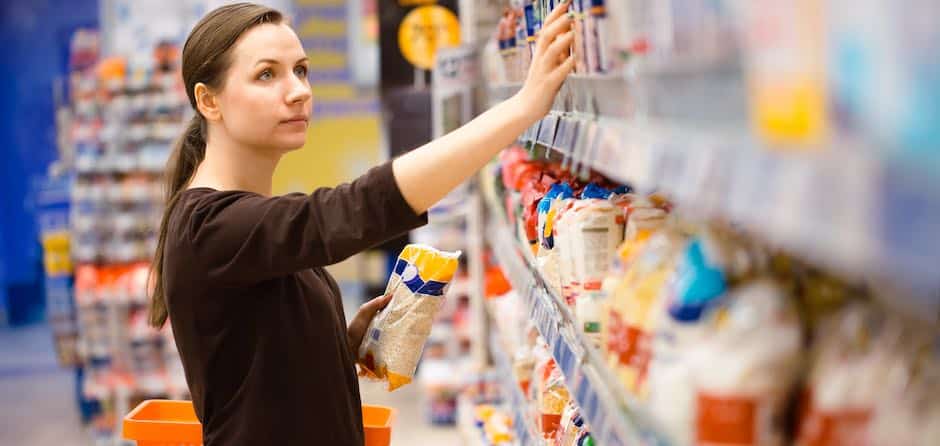
The market is experiencing an unprecedented transformation in the landscape. The decline in car traffic and store visits is obtaining widespread media coverage and attention this year. Retailers are also closing many stores and laying off thousands of employees.
Millennials have become one of the biggest living generations in time. Advancing in the digital era, they’re now dominating online. For them, shopping for groceries in the physical store is a bit of a challenge. They’re shifting away from doing weekly sprees to the grab-and-go scheme. They have their empty fridges and are energetically accepting the supposed restaurant renaissance.
Blockchain Described in Simple Terms
In a nutshell, blockchain is considered a digital ledger of information. In design, it’s decentralized, resistant, and distributed to modification. The ‘ledger’ is validated by P2P of participants enabled access to it. After a record is verified, it can’t be transformed and is visible to all parties.
Uses Cases and Applications
The following is a section describing three major areas for blockchain applications in groceries and retail, in specific:
Blockchain will include to the education of consumers who value more about the margins rather than authenticity. Picture a scenario where you determine the story behind a product by utilizing the information included into the blockchain technology on every portion of the item’s journey via retail supply chain.
An app allows you to check where it was cultivated, know how many food miles it has transported and a lot more. That’s a new shopping experience which would have been difficult to visualize until the technology was announced to the public.
With local manufacturers having a difficult time to get onto the shelves and giant retailers flourishing the market, the worldwide supply chain keeps fundamentally unbalanced in regards to bargaining power abuse. Supply chain management and logistics is the next encouraging area of blockchain in retail.
The technology offers security, authenticity, and integrity for the thoroughbred information as goods move through the supply chain. Such records are tamper-proof and time-stamped. Apart from that, they are verifiable independently by every party, and members permitted access to the data.
To improve and adopt shopping experience, retail has adopted every payment mode: from cards down to digital wallets. Meanwhile, the existing situation with middlemen charging costs for transaction processing is rather complicated – transaction fee structures differ from one payment mode to another. Today, retailers are seeking for means to lessen the burden: from embracing services which provide fewer expenses for launching their mobile payment systems along with store credit cards.
XinFin is one of the rising blockchain technology platforms which has the mission to provide enterprise-grade blockchain which fixes real world issues with real transactions and real solutions. A huge amount of XinFin XDC tokens are owed for settlements and payments. The concept of XinFin is an excellent one. Nonetheless, there is a long journey from the conceptualization to implementation.
Get the latest Crypto & Blockchain News in your inbox.